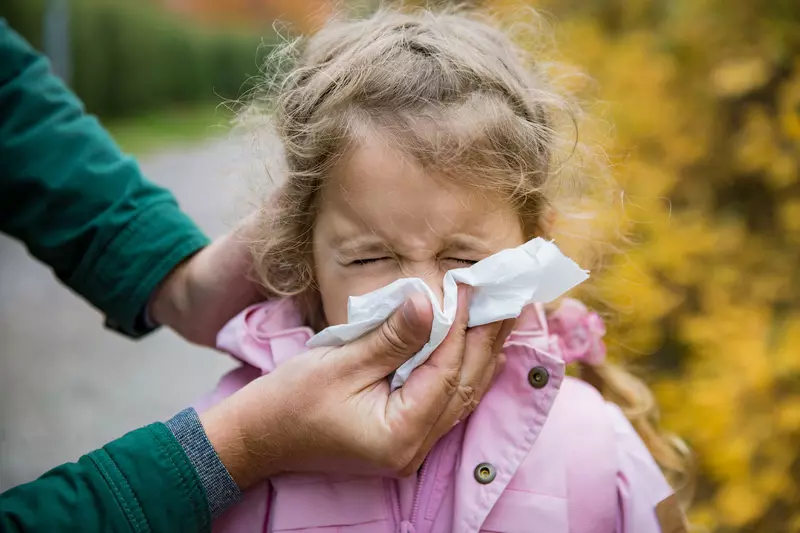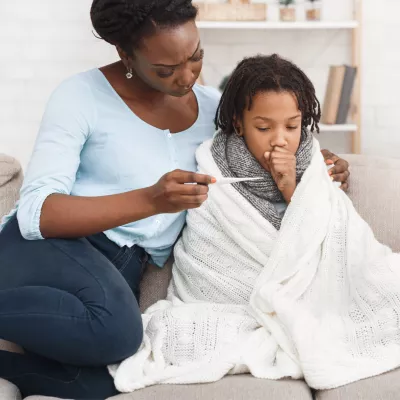- AdventHealth Centra Care

“Mom, my nose is bleeding."
Whether it’s a lot of blood or a small amount, that phrase no doubt conjures up an immediate parental response. And although we’re are right to react quickly, nosebleeds are usually harmless and can be treated at home.
Children, more so than adults, are prone to nosebleeds because they have more blood vessels in the nasal plexus. In fact, from the age of two to about 20, parents should expect to treat their fair share of nosebleeds.
But why do they happen?
There are a number of reasons for nosebleeds, some of which include:
- Picking the nose too hard
- Frequently wiping or blowing the nose
- Sinusitis, hay fever or other chronic allergies
- High altitudes
- And of course injuries to the nose while playing
Centra Care doctors say nosebleeds tend to always be “in season”.
During the summer months, the plexus becomes engorged which can trigger a nosebleed. While in the winter months, the lack of moisture in the air dries out nasal membranes, making them more susceptible to nosebleeds.
How to treat a nosebleed:
When you’re faced with a nosebleed situation, the important thing to remember is to stay calm and do the following:
1. Sit upright and lean forward – This helps reduce the blood pressure and prevents the blood from trickling down the throat.
2. Pinch the nose – Pinch the soft part just below the bony ridge of the nose and apply pressure for at least 10 minutes.
3. Apply an ice pack to the forehead and cheeks – The cold will constrict the blood vessels and help stop the bleeding.
When to seek medical care?
If bleeding can’t be stopped or happen more than once a week, you should visit a doctor. However, if a nosebleed occurs after a blow to the face or head, see a doctor right away.
Prevention Tip: Saline spray and humidifiers keep the nose tissue hydrated helping to curb nosebleeds.



